The Inland or Central Bearded Dragon certainly inherited their name in all honesty it was derived from the way they can enlarge or 'blow out' a flap of skin under their lower jaw when upset or disturbed. Aside from blowing their beard out, Bearded dragon may also darken the colour there to almost black which creates a bearded display. The Bearded dragon is native to many different habitats and regions of Australia.
They thrive in deserts, grasslands and woodlands in both unpopulated and populated areas. It is said by many herpetologists who have come across Bearded dragon in the wild, that one can walk right up to one and the little guy would not mind and possibly even pick it up with little or no fuss being raised by the animal. Bearded dragon"s temperament is extremely docile and trusting, therefore making it an excellent pet - even for children and beginners. The adults can reach up to approximately 2ft in length, with the average being 18 - 20 inches.
Hatchlings are approximately 3 to 4 inches in length (head to tail) and should be 5-6 inches at the end of their first month. By the end of their second month, Bearded dragon should be at least 6-7 inches in length with considerable more body weight. It is found that with proper care and a little luck, Bearded dragon can reach 9 inches within 2 months, with the average being 8 inches. From 2 - 6 months, we have found the average growth rate to be approximately 1/2 inch a week, with some weeks being 1 inch or more to 1/4 inch or less.
Feeding your Bearded dragon will require handling bugs. Yes, bugs like crickets, mealworms, wax worms, and possibly pinkies. Bearded dragons are omnivores, meaning that they will eat veggies and small animals. Insects should be a daily staple of your Dragons diet and greens should be available at all times. The size of the food items you feed your Dragon is extremely important. All food that is offered should be smaller in width than the Dragons mouth. Use caution in choosing the insect size, as too large of a cricket can cause health problems (i.e. - blockage) while digesting. The same applies with mealworms, use small mealworms for small dragons, and increase the mealworm size as the dragon"s size increases. A hatchling, up to 2 months will eat mostly insects, picking at finely chopped greens here and there.
2-week-old crickets (3/8 inch in size) should be offered 2 - 3 feedings a day, only in the amount that the dragon will eat at one feeding" A juvenile Dragon (2 - 4 months) will eat approximately 20% greens to 80% insects 3 week old crickets should be given 2 times daily and small (1/2 inch) mealworms can be added to their diet. 4 months to maturity should be fed approximately 4-week-old crickets once or twice daily. The small meal worms may be replaced by larger ones and king mealworms may also be added.

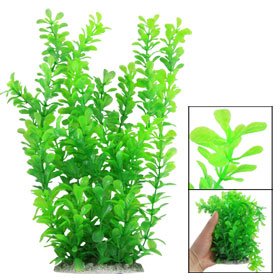 Aquarium Plants for Beginners
It is easy to see why so man
Aquarium Plants for Beginners
It is easy to see why so man
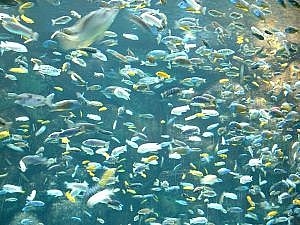 How to Feed an Oscar Fish
How to Feed an Oscar Fish
How to Feed
How to Feed an Oscar Fish
How to Feed an Oscar Fish
How to Feed
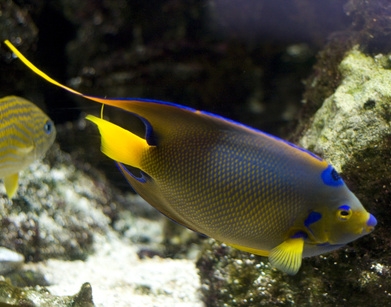 Signs of a Sick Fish
Signs of a Sick Fish
Signs of a Sick F
Signs of a Sick Fish
Signs of a Sick Fish
Signs of a Sick F
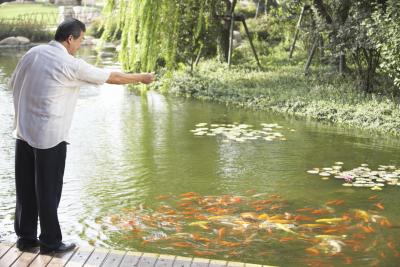 What Causes Fish to Die in a Pond?
What Causes Fish to Die in a Pond?
Wha
What Causes Fish to Die in a Pond?
What Causes Fish to Die in a Pond?
Wha
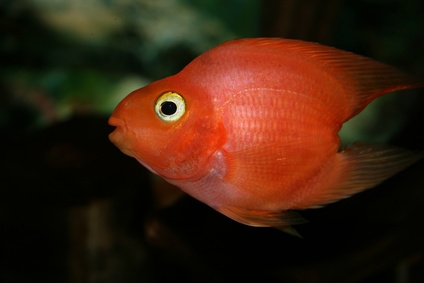 Compatibility Between Freshwater Tropical Fish
Compatibility Between Freshwater Tropical Fish
Compatibility Between Freshwater Tropical Fish
Compatibility Between Freshwater Tropical Fish